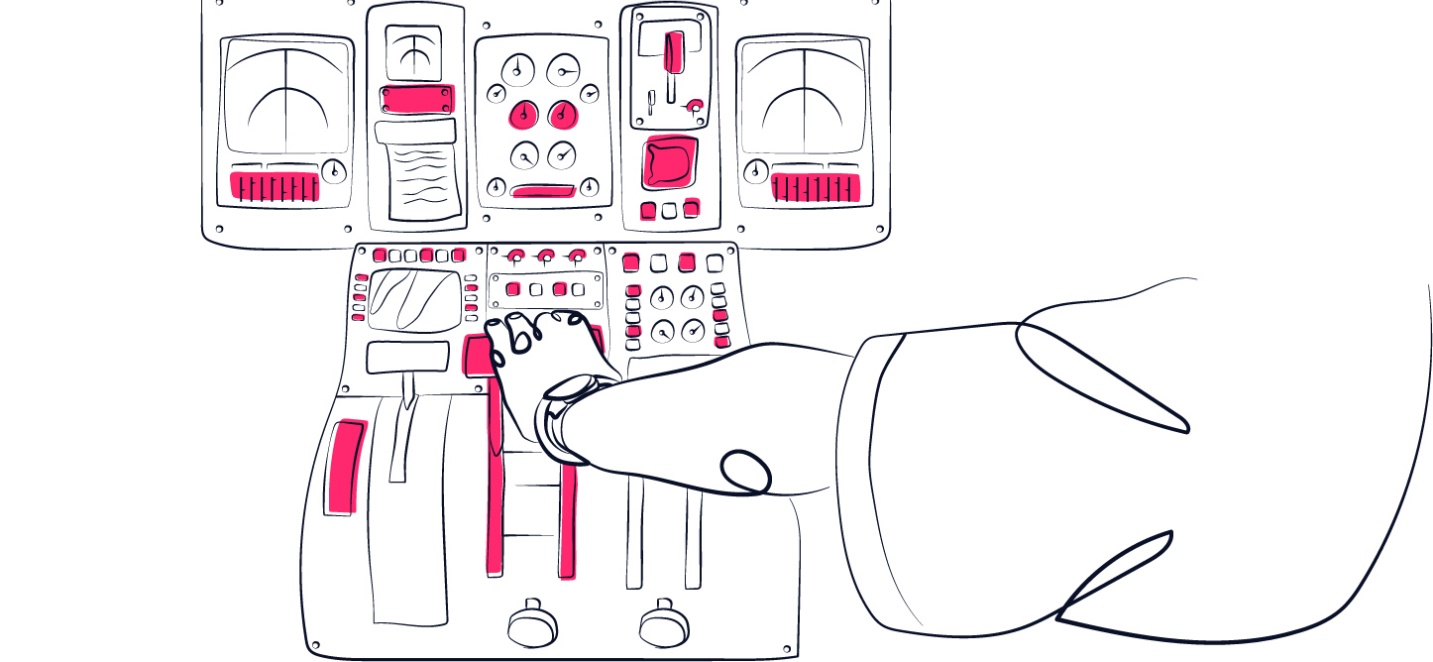What is a Cloud Data Center?
A cloud data center consists of the server, physical hardware and support systems that allow you to store your data in the cloud. Support systems include power, cooling and other environmental controls for the server and hardware inside the data center. With a cloud data center, you do not manage the data center yourself. Instead, the cloud data center is managed by a third party.
You gain access to the cloud data center through a paid arrangement with the cloud service provider. Some of the most popular cloud service providers are Amazon Web Services (AWS), Google Cloud Platform (GCP), and Microsoft Azure.
A cloud data center is an attractive option for startup businesses or those wishing to offload the day-to-day responsibility of maintaining data center infrastructure in order to focus on more important tasks that affect the bottom line. A cloud data center allows you to pay for what you need when you need it. You can add (spin up) or downgrade cloud computing services as the needs of your organization change over time.
Cloud Data Center Vs. On-Premises Data Center
Some businesses and organizations manage their data centers locally. A locally managed data center is called an on-premises data center. With an on-premises data center, you can access your data directly via a closed network. With a cloud data center, however, you access your data over the internet.
It is expensive to build and maintain an on-premises data center. The upfront costs are high. Plus, you continue to pay for the ongoing upkeep of the on-premises data center regardless of utilization.
Public Cloud Vs. Private Cloud
The cloud data center can be offered in two main ways:
Public cloud
Private cloud
The public cloud allows you to access your data at a fraction of the cost of a private cloud. The public cloud is a shared service among several customers (or tenants) which drives the costs down.
However, for some businesses, data security is a major concern. If your business handles financial or health data, a private cloud may be the best option. With a private cloud, you pay a premium for sole access to a cloud data center. With a private cloud, you do not share access with other tenants.
For high-intensive data workloads or mission-critical data workloads, a private cloud might also be best. Such high demanding workloads need low latency and high performance, which the public cloud might not be able to accommodate given that it is a shared service and resources are available to multiple clients. This specialized private cloud service does come at a steep cost, however which makes it a less attractive option than the public cloud, despite its limitations.
Migrating to a Cloud Data Center
Migrating your data from an on-premises data center to a cloud data center can be challenging. Every cloud service provider offers a cloud data center with a variety of features, including:
Data security
Service dependencies
Reliability and performance
Migration support
You must select the cloud data center with features that best suit the needs of your organization. Selecting the right set of features can require a huge investment in specialized resources.
Backing up your data is essential for business continuity. With a cloud data center, each backup of your data takes up as much space as the original data itself. The more space you take up in the cloud data center, the higher your cloud bills.
Silk Optimizes your Cloud Strategy
With Silk, you can overcome these challenges with enterprise level services such as zero footprint instantaneous snapshots, data deduplication, and thin provisioning. Silk is a virtualized layer that sits between your data and the cloud data center and helps keep your cloud resources to a minimum. This translates to a lower cloud bill.
Silk also offers up to 10x faster performance compared to native public cloud alone. This makes it ideal for customers who are looking to move data-intensive and mission-critical workloads on the cloud – making the public cloud a viable option without the hefty cost of private cloud.
Priceline is one cloud customer that used Silk to keep their costs low. When pandemic-related travel restrictions were eased, Priceline turned to Silk to ensure high performance for the crush of customers seeking to make up for lost time with much-needed travel. Priceline’s customer-centric approach needed to match the unprecedented demand for their services. Cloud computing allowed Priceline to respond quickly to this high demand. Priceline partnered with Silk to optimize their cloud data center strategy. In doing so, Priceline was able to significantly reduce its cloud data center costs, while giving customers an easy booking experience. Priceline was able to meet growing demand for its services without affecting the customer experience that travelers had grown accustomed to.
Cloud Data Center FAQs
What are the advantages of a Cloud Data Center?
With a cloud data center, you do not have to manage the data center yourself. Building and managing a data center is expensive. A cloud data center puts the burden of managing and maintaining the data center onto the cloud provider, freeing your IT staff to work on more high-value projects. Instead, you can access your data with ease over the internet, all while potentially lowering your IT management costs.
What are the disadvantages of a Cloud Data Center?
Since your data is stored in the cloud, fast access to your data can be affected by low latency and poor performance issues. Low latency creates delays in accessing your data, and directly impacts your customer user experience, affecting your bottom line. Poor performance limits the type of workloads that a cloud data center can support. You may be forced to host critical workloads on on-premises data centers, and less critical workloads on cloud data centers. This sort of arrangement with a mix of private and public cloud services is called a hybrid cloud. Or, if your infrastructure is just made up of multiple cloud data centers, it is called multi-cloud. In the long run, both a hybrid and multi-cloud can become complicated to maintain.
Where are Cloud Data Centers located?
Cloud data centers are located throughout the globe. Most cloud data centers are located in the United States, Canada and the Asia Pacific Region. These cloud data centers are managed by cloud service providers who allow you to access your data and/or workloads as part of a service agreement.
What is the Difference Between a Data Center and the Cloud?
A data center consists of the server, physical hardware, and support systems where you host your data. The cloud is the service offering you access to your data from the data center.



